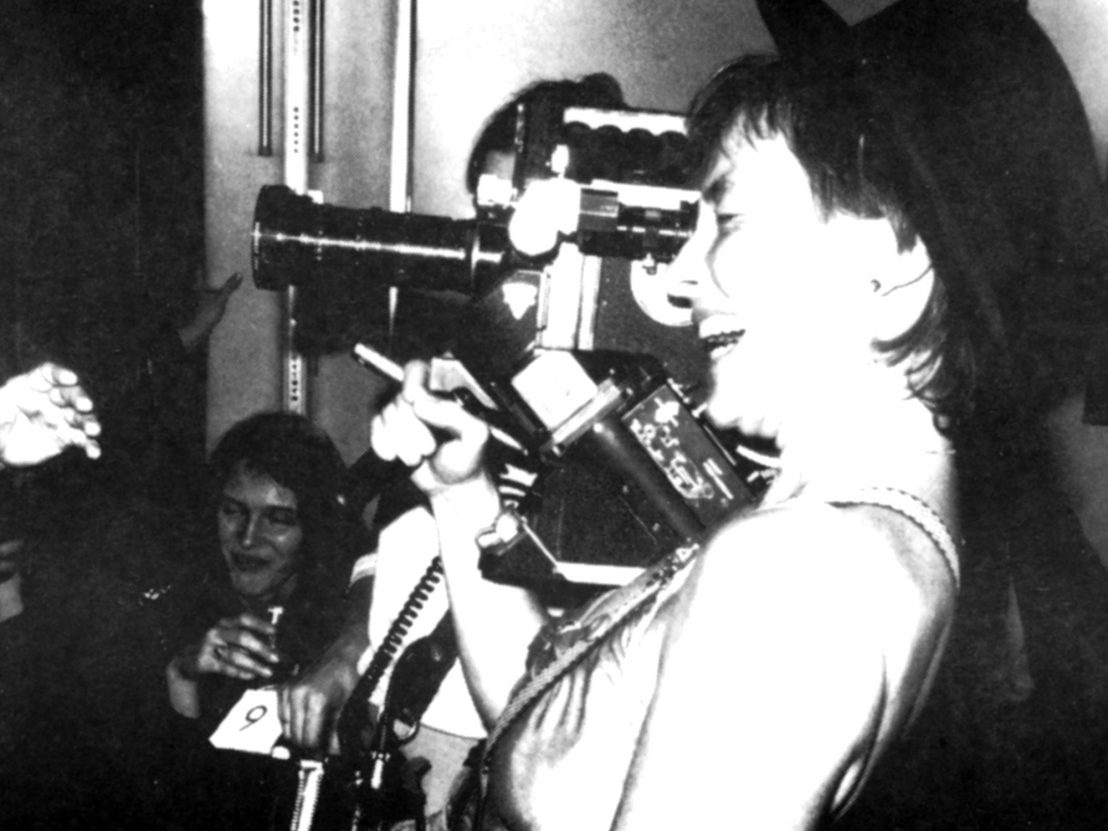
Barbara Hammer has been an active/activated presence in American cinema for half a century. Long considered a groundbreaker among the avant-garde for her ability to collapse and reconstruct concepts of human sexual experience through an organically queer gaze, Hammer’s film work is the subject of a five-piece programme at the 55th New York Film Festival.
Each project, including Women I Love, her masterpiece of diary and superimposition, No No Nooky TV, a bawdy computerised bonanza with a War Games aesthetic, and the uproarious Audience, a metatexual black-and-white exercise in self-examination, has been newly restored in time for the event. The filmmaker will attend and participate in a discussion on 9 October. Here Hammer tells the story of her remarkable career journey in her own words.
“I wanted to put a lesbian life on screen in the 20th century, and then moving into the 21st. That was always my goal when I began, which was when I was about 30 years old. I started making films on Super-8mm film at 27, three years before I started on 16mm. I wanted to make a statement. I wanted to fill a void.
“I lived in San Francisco and Berkeley for all of the ’70s. Faculty and students at San Francisco State University were not out when I was there, and I was scared when I made Dyketactics about what the reception would be. It was a surprise to find my teachers congratulating me. Then by the nineties , I was suddenly ‘the Mother of Lesbian Experimental Film’. Then I was suddenly ‘the Grandmother of Lesbian Experimental Film’! Then I was getting an award just for being around awhile and making a lot of work.
“Recognition accumulated gradually until people said, ‘You’re an icon’. It’s all been a delightful journey; I gladly take on that mantle. But I’m still a studio artist! I’m sitting here alone, working in my studio.”
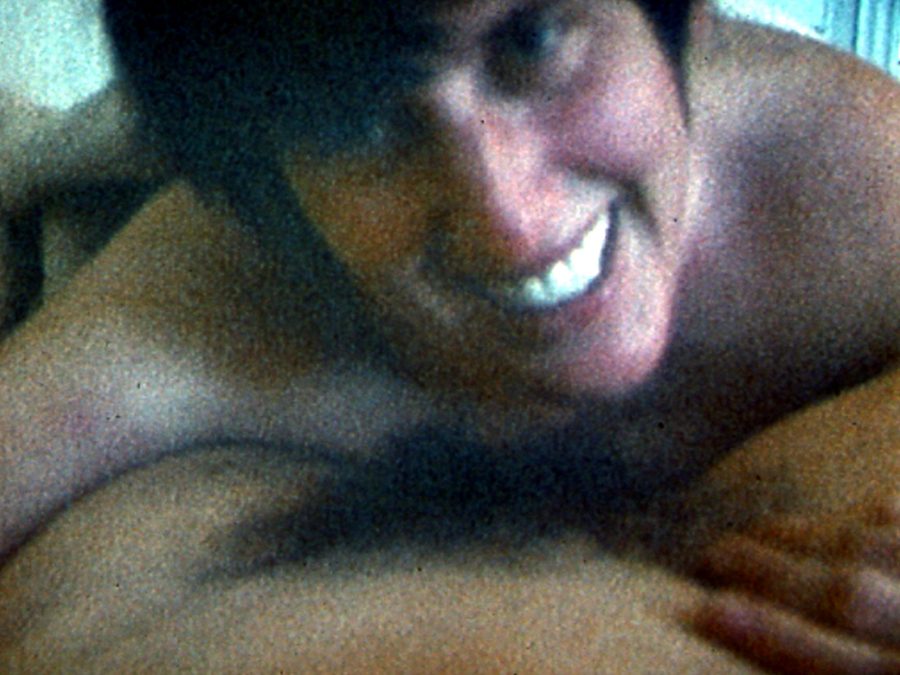
“The inception for this whole program comes from the Academy of Motion Picture [Arts and Sciences] in Hollywood, where the wonderful film preservationist Mark Toscano is preserving the films that are going to be shown on 9 October. For the most part they have not been screened since the ’70s.
“There is also a more recent film, Still Point, from 1988. That film isn’t available on DVD. It’s only been on 16mm and a very poor digital transfer. It’s a four-screen film. It’s about visual language. It’s also about a middle-class lesbian couple, the woman I’ve been with for 29 years, Florrie Burke, and myself, living in a class-based society with homelessness and poverty.
“Today, it would be about how to have our divided parties be in dialogue. Back then it was, ‘What does it mean to be a same-sex couple in a world of disparity?’ How do we mix it up, how do we spin it, how do we turn it? As most of my films do – or I hope they do – Still Point poses a question for the audience to participate in. ‘The still point of the turning world… There the dance is.’ TS Eliot.
“I just showed Welcome to This House at UMBC in Baltimore, and people were relieved! They are so happy to see something that was made ‘pre-T’, you might say. They are fearful of sliding back to the days of the fifties, when you didn’t want to be known for your sexual identity or preference. We’re not going backwards. We’re just not.”
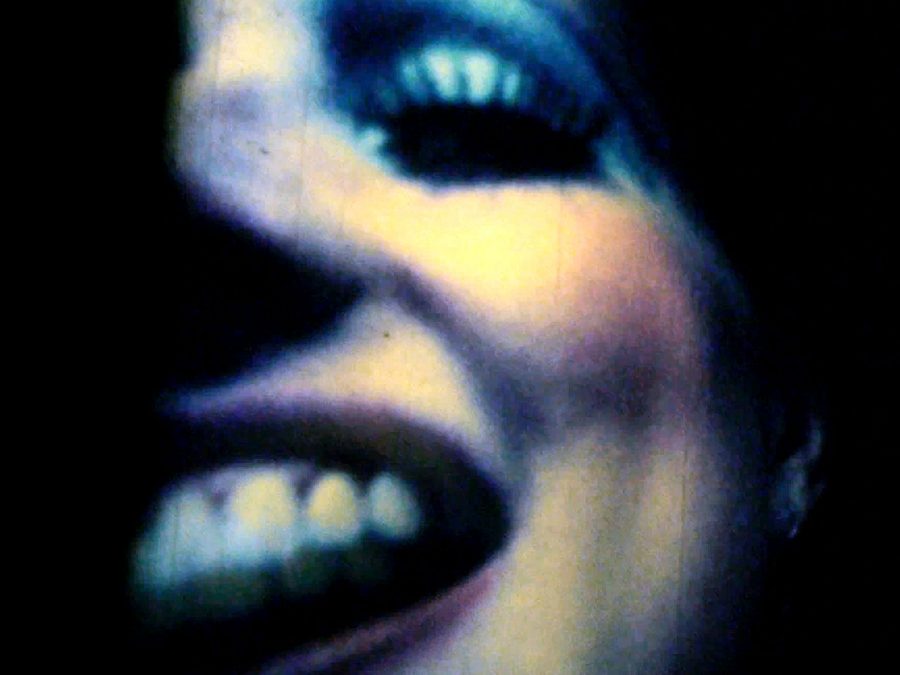
“It is a very sad time – our ignorance is becoming our death. With the lack of attention to climate change and the horrendous results of multiple hurricanes, storms have been wiping out the poor islands of our neighbours and our relatives. It is a very depressing time when people can’t choose their own bathrooms, and bathrooms aren’t available to everyone in every corner of the world.
“It’s a horrible time when male leaders of the country and other national leaders are not doing everything possible to bring an end to nuclear war. Why do we allow nationalism in a time of globalism? Yes, I’m very concerned. Do I know what to do?
“All we can do is what we do best, and we are doing the best we can. There is a lot of positive energy from people like Ira Sachs, who started the Queer/Art organisation, Joey Carducci, who moved from lesbian cinema to trans cinema, and who comes out in the cinema, and internationally, with the growth and proliferation of queer film festivals.
“What I can do is make a film, show it to my audience, and engage with them. I can continue to think and to feel every day with everything I read and I see. And, I can resist.”
Image credits: (top) Audience, 1983 – dir Barbara Hammer, (middle) Women I Love, 1976 – dir. Barbara Hammer, (botton) Psychosynthesis, 1975 – dir Barbara Hammer.
Barbara Hammer: Evidentiary Bodies a multimedia retrospective exhibition, opens at the Leslie-Lohman Museum of Gay and Lesbian Art on 7 October, 2017.
From 22 October to 26 November, Company Gallery of New York presents a collection of Barbara Hammer’s photographs from the 1970s.
Published 4 Oct 2017
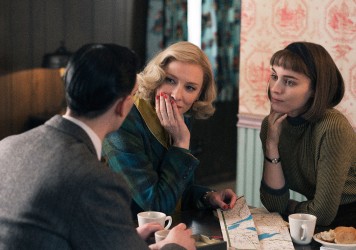
Inspired by Todd Haynes’ Carol, explore our potted history of great films that depict gay lives on screen.
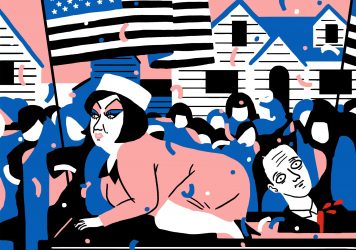
The Pope of Trash reflects on his controversial career ahead of the re-release of his black comedy Multiple Maniacs.
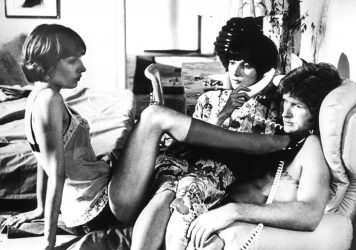
By Leigh Clark
This subversive cult classic imagines a world of empowered women.